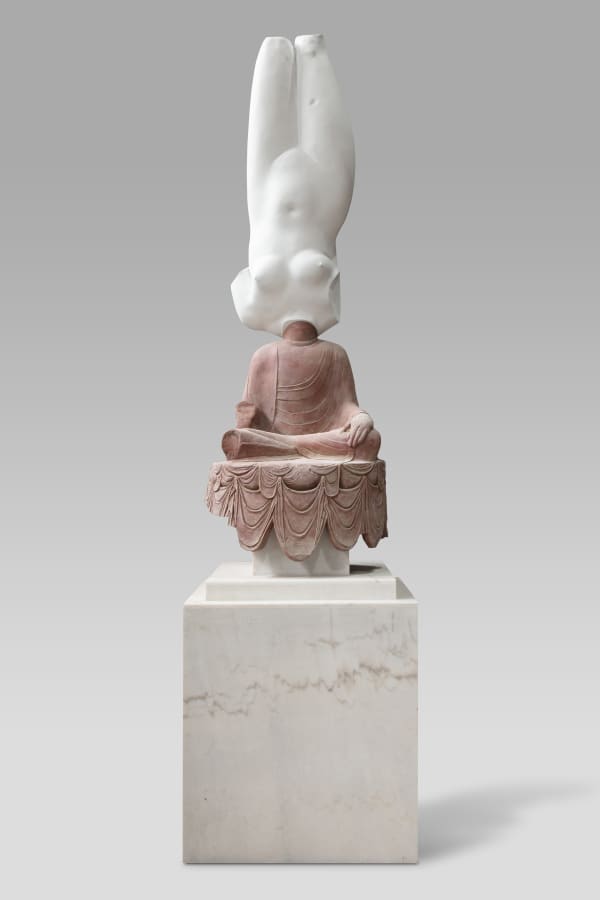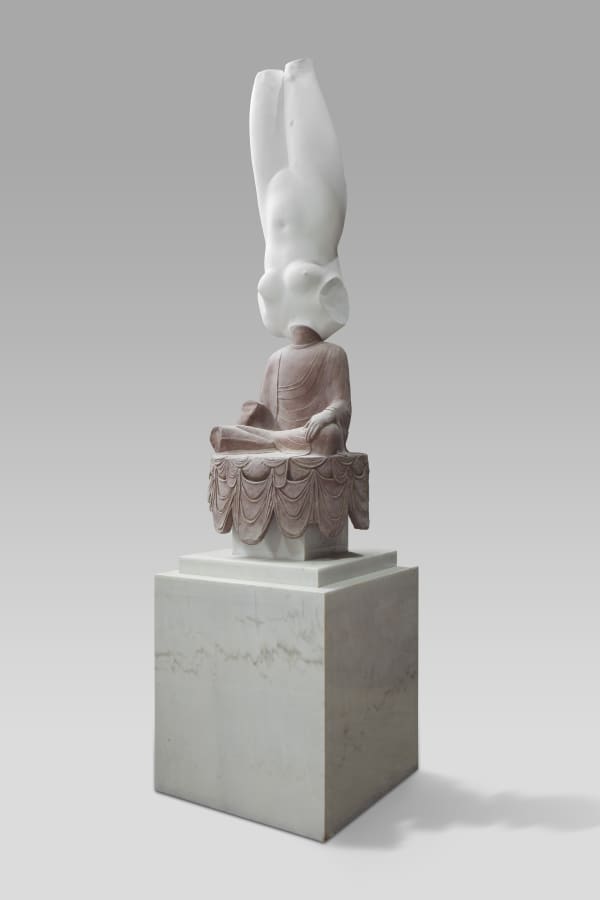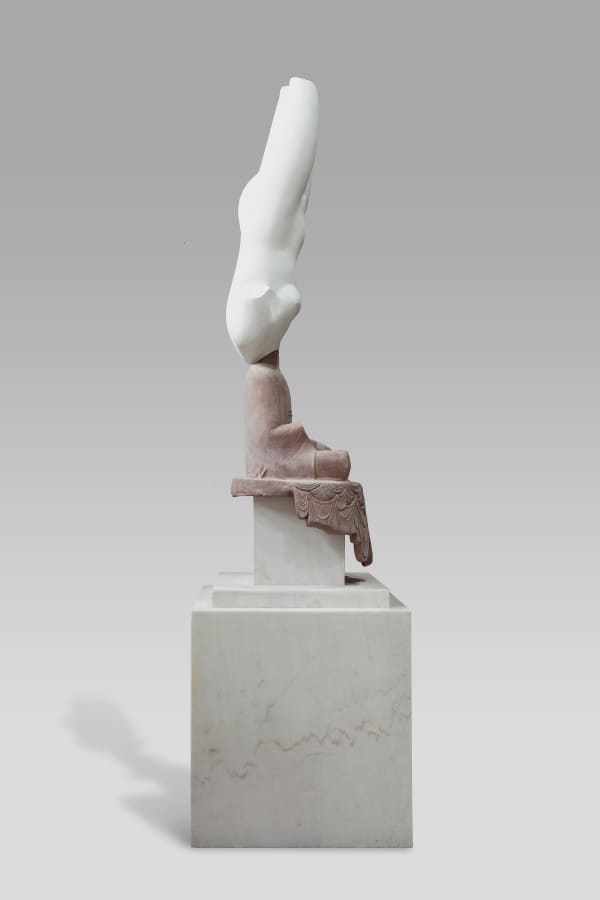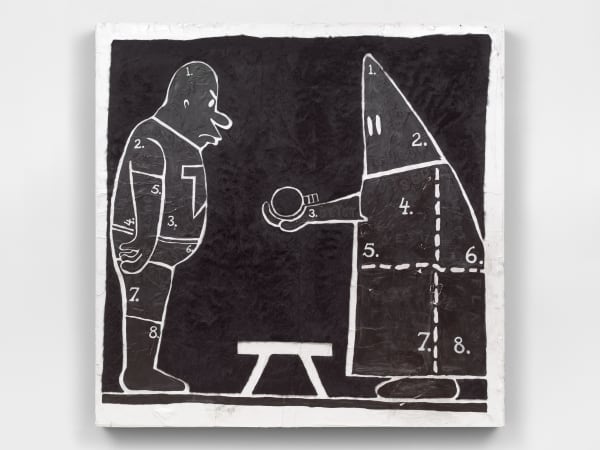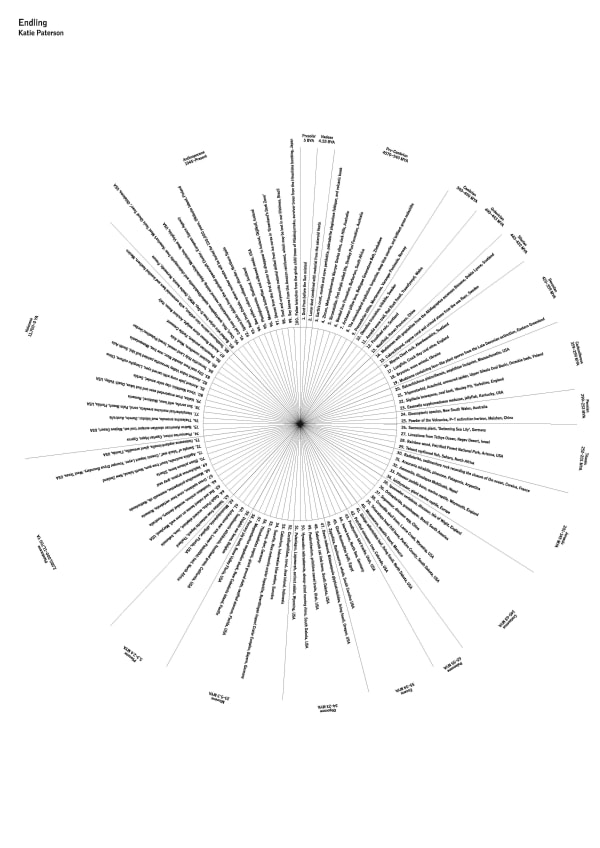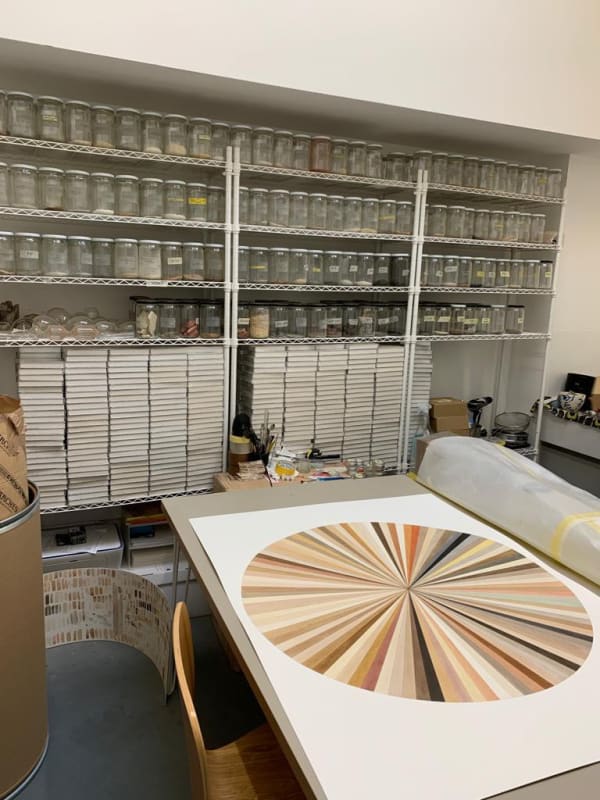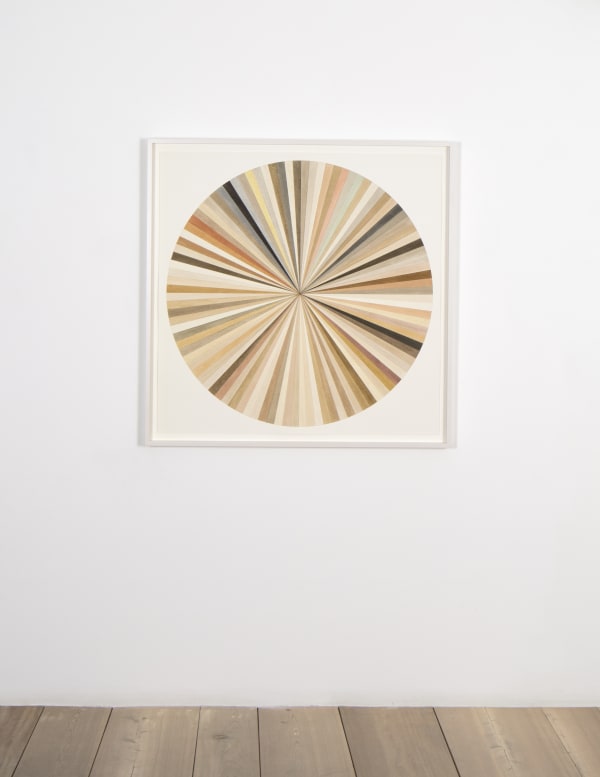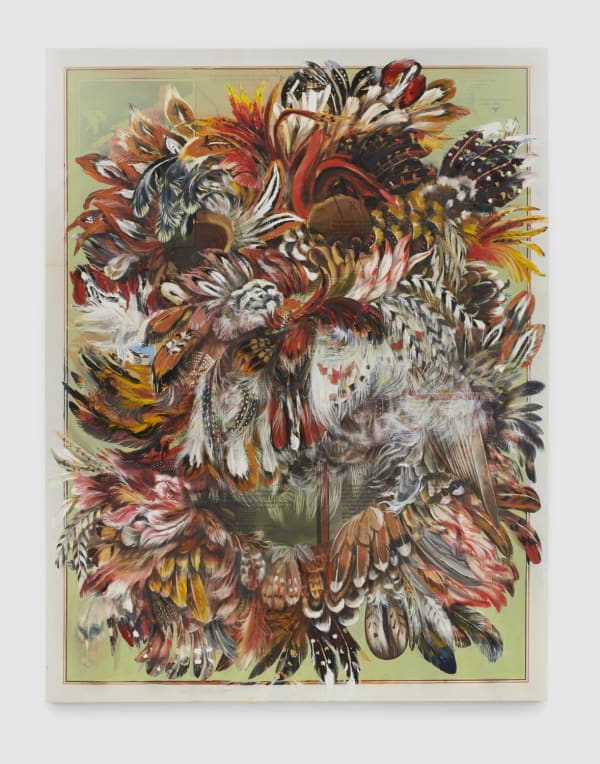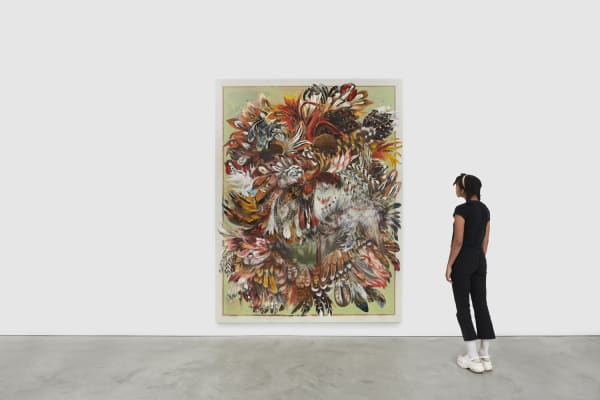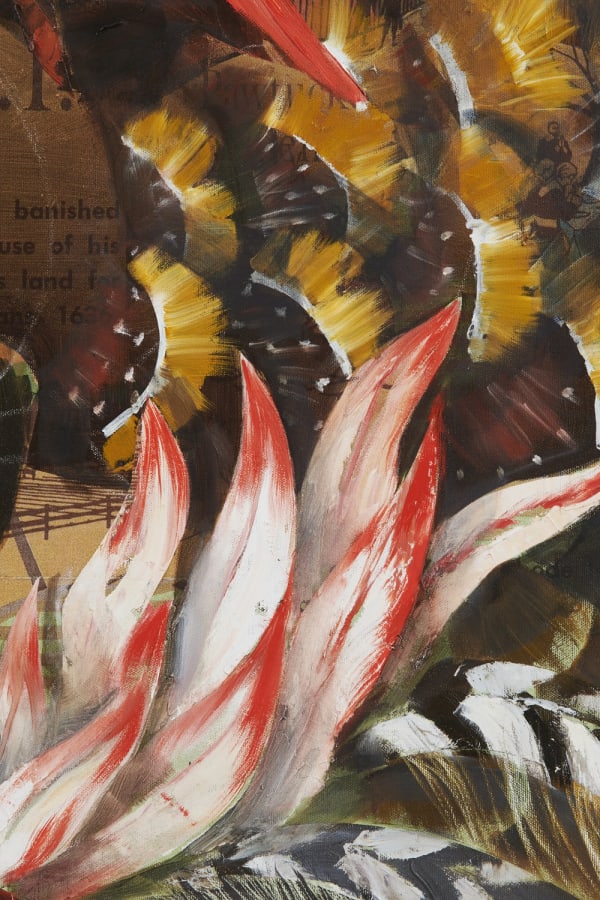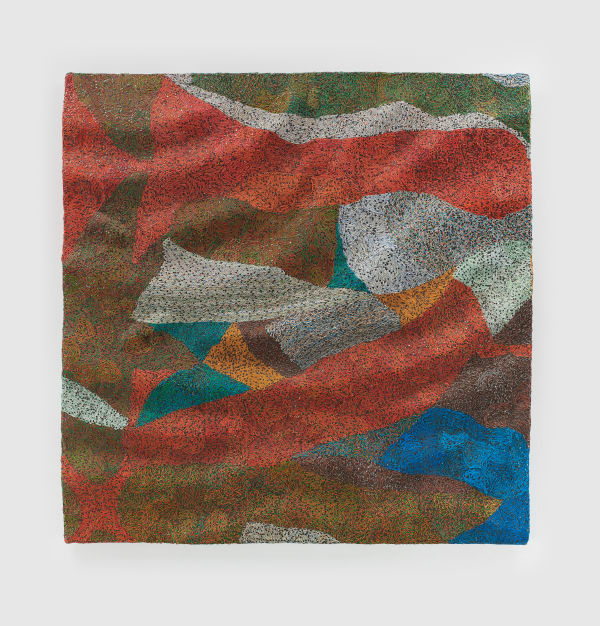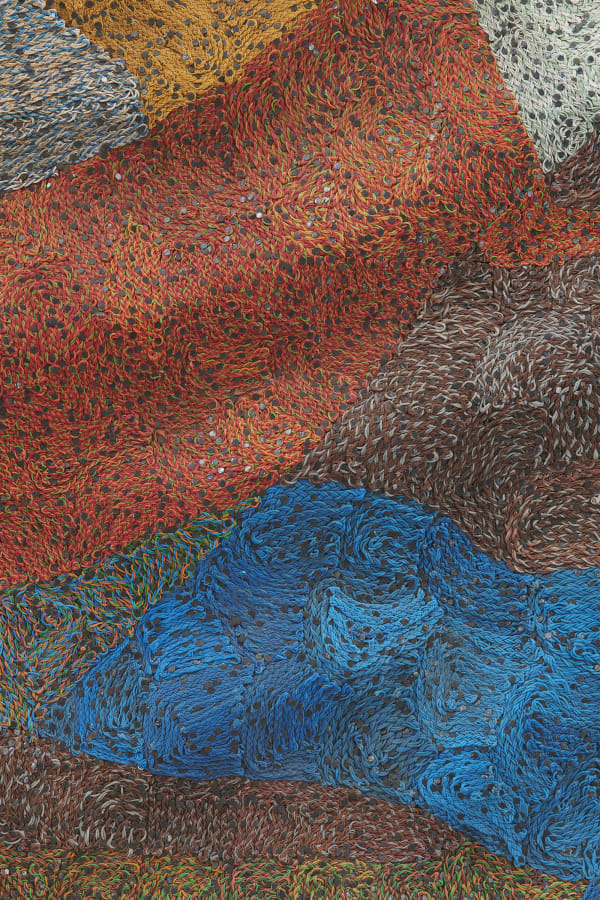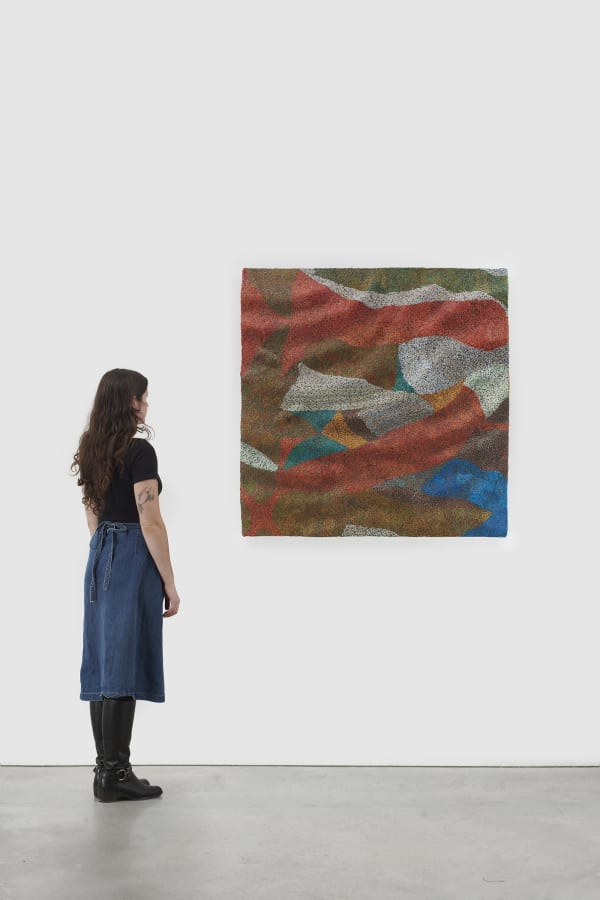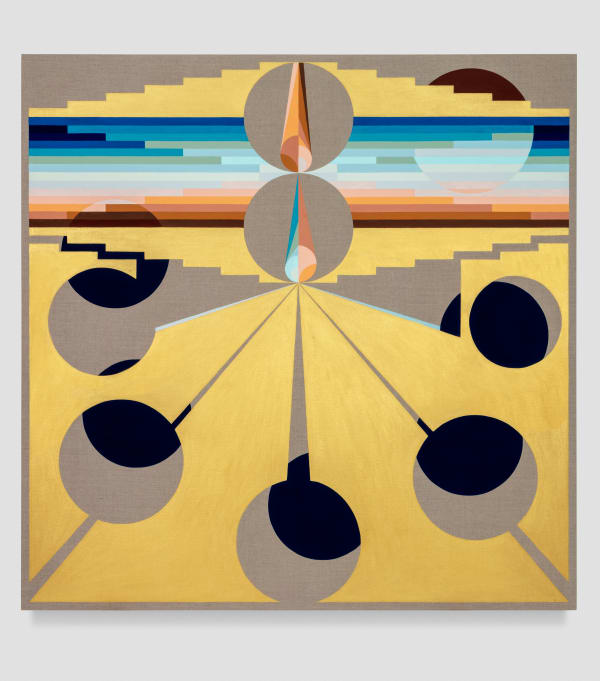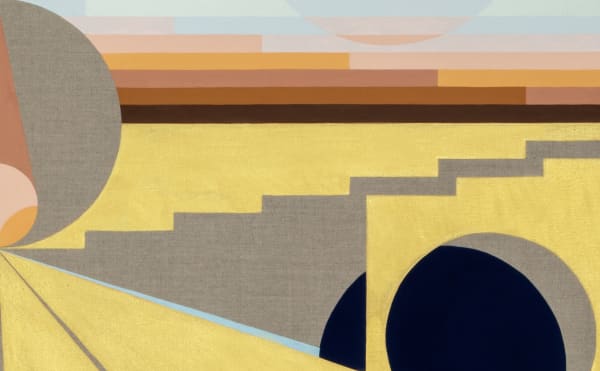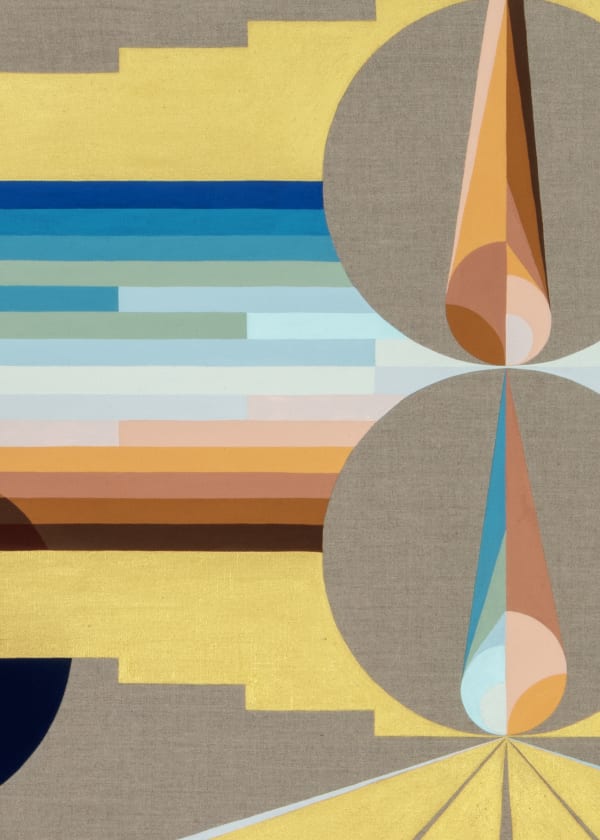-
For the 2022 edition of Frieze Los Angeles, James Cohan will present a selection of new and important work by Firelei Báez, Kathy Butterly, Spencer Finch, Trenton Doyle Hancock, Byron Kim, Josiah McElheny, Lee Mullican, Christopher Myers, Eamon Ore-Giron, Katie Paterson, Yinka Shonibare CBE, Elias Sime, Fred Tomaselli, Grace Weaver and XU ZHEN®. The fair is open to the public from February 18 through February 20, with a preview on February 17 by invitation only. Preview a selection of works from our booth ahead of the fair in our Viewing Room.
-
XU ZHEN®
-
XU ZHEN®'s Eternity sculptures fuse facsimiles of Hellenistic and Buddhist statuary into three-dimensional exquisite corpses, which become hybrids of transcontinental histories. The result is a deftly composed work that carries the archaeological weight of history, and yet is a sly statement about global similarities and differences. Eternity allows the sacred and the profane to exist in the same space.
Eternity - Aphrodite of Knidos, Tang Dynasty Sitting Buddha combines one of the most famous statues of Western antiquity with a Buddhist devotional sculpture, creating a visually arresting composite.
-
Trenton Doyle Hancock
-
Step and Screw: First Cursed Ghost Guest, 2022, belongs to an ongoing series of mixed media canvases in which Trenton Doyle Hancock imagines a meeting between his alter-ego Torpedoboy, a black superhero, and one of the buffoonish Klansmen who populated Philip Guston’s paintings. Hancock prizes the ambiguity and mutability of this moment and has returned to it again and again. As he notes: “The more you dissect the image, the more it becomes fraught with historic tension and with my own history as a painter. It keeps feeding itself as an image. The item that is exchanged between them changes the narrative each time.”
-

-
Katie Paterson
-
Katie Paterson’s new work, Endling, is a one meter diameter circle divided into one hundred sections, each painted with an era of existence. To create each color, fossilized remnants from throughout life’s history are crushed and dissolved into pale watercolor paint and applied to paper. Moving clockwise from 12 o’clock, the segments move from earliest life on earth to more recent, working through all eras of life and major extinctions to present day.
-
Firelei Báez
-
In her work, Báez seeks to underscore subaltern histories that are often stifled by dominant narratives about migration, to create possibilities for self-determination and alternate futures. Here, she paints a carnivalesque protrusion of feathers that overlays a 1966 wall map titled “Colonization in America,” prepared by the U.S. Civic Education Service for use in primary school classrooms across the United States. The map depicts the Eastern seaboard and presents European colonizers as the protagonists in “settling” unclaimed land—any mention of Indigenous people is mediated through this contact. Drawing reference to Mardi Gras and double-edged Southern exuberance, the feathers in this painting coalesce into the suggested form of a mask. For Báez, these feathers act as visual cues that signal the diasporic posturing, camouflaging, and the adapting of performative visual languages in efforts to negotiate and represent an authentic cultural self.
-
Elias Sime
-
In his Tightrope series, Elias Sime deftly weaves, layers and assembles repurposed materials—computer keyboards, motherboards, and electrical wires—into abstract compositions that suggest topography, figuration, and sublime color fields. The history of his materials hold meaning, as they are the backbone of our modern communication systems, whether they be telephone or computer. The series title, Tightrope, acknowledges the uneasy balance between the advances made possible by technology and the impact they have had on our humanity and environment. They suggest the tenuousness of our interconnected world, alluding to the frictions between tradition and progress, human contact and social networks, nature and the man-made, and physical presence and the virtual.
-
Eamon Ore-Giron
-
In his ongoing series Infinite Regress, Eamon Ore-Giron's totemic visual language is subject to an ongoing process of reformulation. In philosophy, infinite regress is a sequence of reasoning which never ends, a paradox of limitless regeneration that disproves the concept of fixed knowledge—in connecting one element to another, a third one is generated and so on, endlessly.
Painting with highly-pigmented flashe on raw brown linen, Ore-Giron renders geometric shapes whose palette and composite forms recall religious iconography, sacred landscapes, and celestial bodies in cyclical passages of time. With simple shapes that shift in and out of graphic fields of gold, the paintings in this series are each a variation on the one that came before, suggesting a trajectory of future iterations. Their chromatic planes play on spatial recession and optical perception as they trace an infinite path forward.
-
Selected Works
-
 XU ZHEN®, Eternity—Aphrodite of Knidos, Tang Dynasty Sitting Buddha, 2021$ 300,000.00
XU ZHEN®, Eternity—Aphrodite of Knidos, Tang Dynasty Sitting Buddha, 2021$ 300,000.00 -
 TRENTON DOYLE HANCOCK, Step and Screw: First Cursed Ghost Guest, 2022
TRENTON DOYLE HANCOCK, Step and Screw: First Cursed Ghost Guest, 2022 -
 KATIE PATERSON, Endling, 2021£ 24,000.00
KATIE PATERSON, Endling, 2021£ 24,000.00 -
 FIRELEI BÁEZ, Untitled (Colonization in America, Visual History Wall Map, Prepared by Civic Education Service), 2021
FIRELEI BÁEZ, Untitled (Colonization in America, Visual History Wall Map, Prepared by Civic Education Service), 2021
-
Frieze Los Angeles
Past viewing_room
